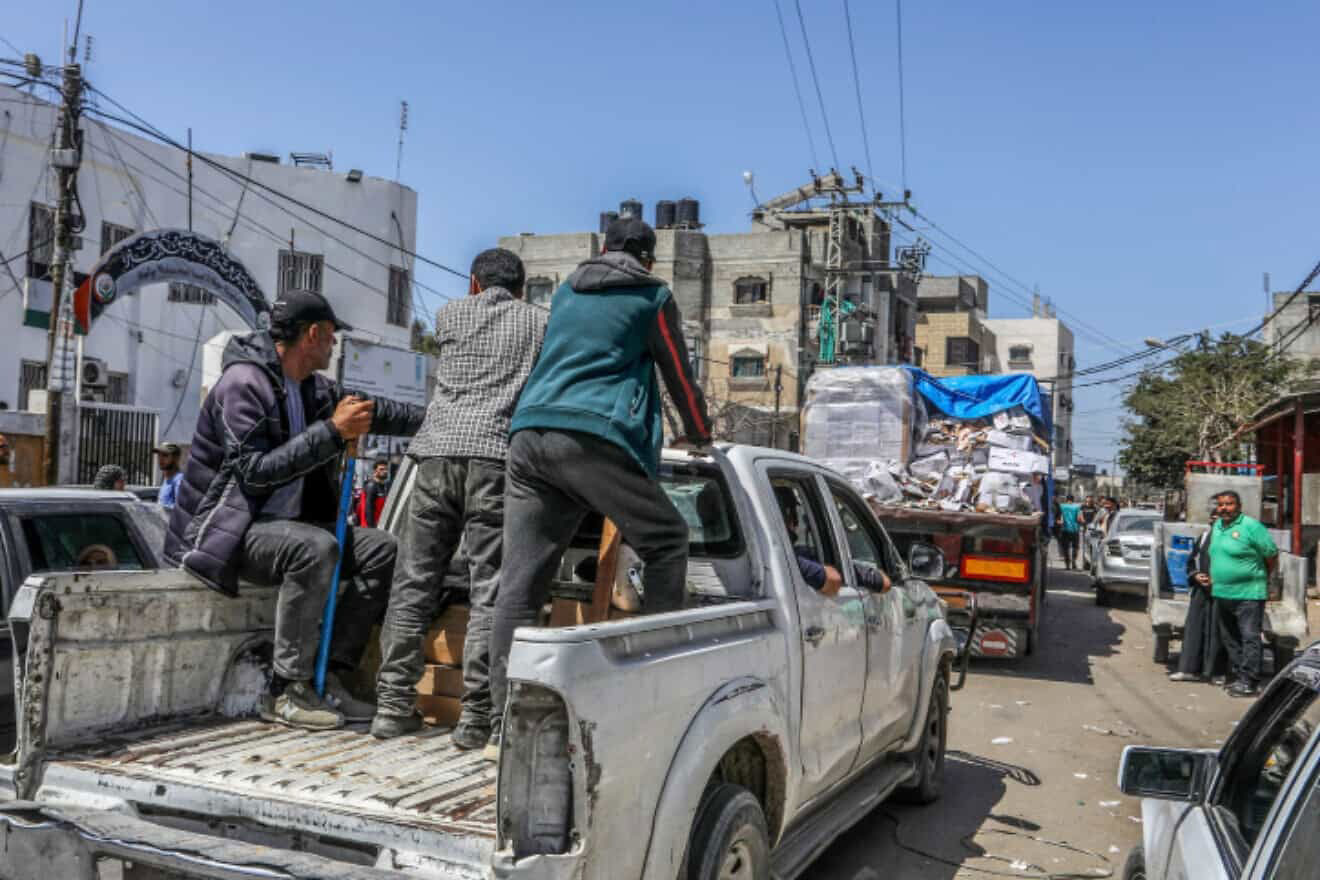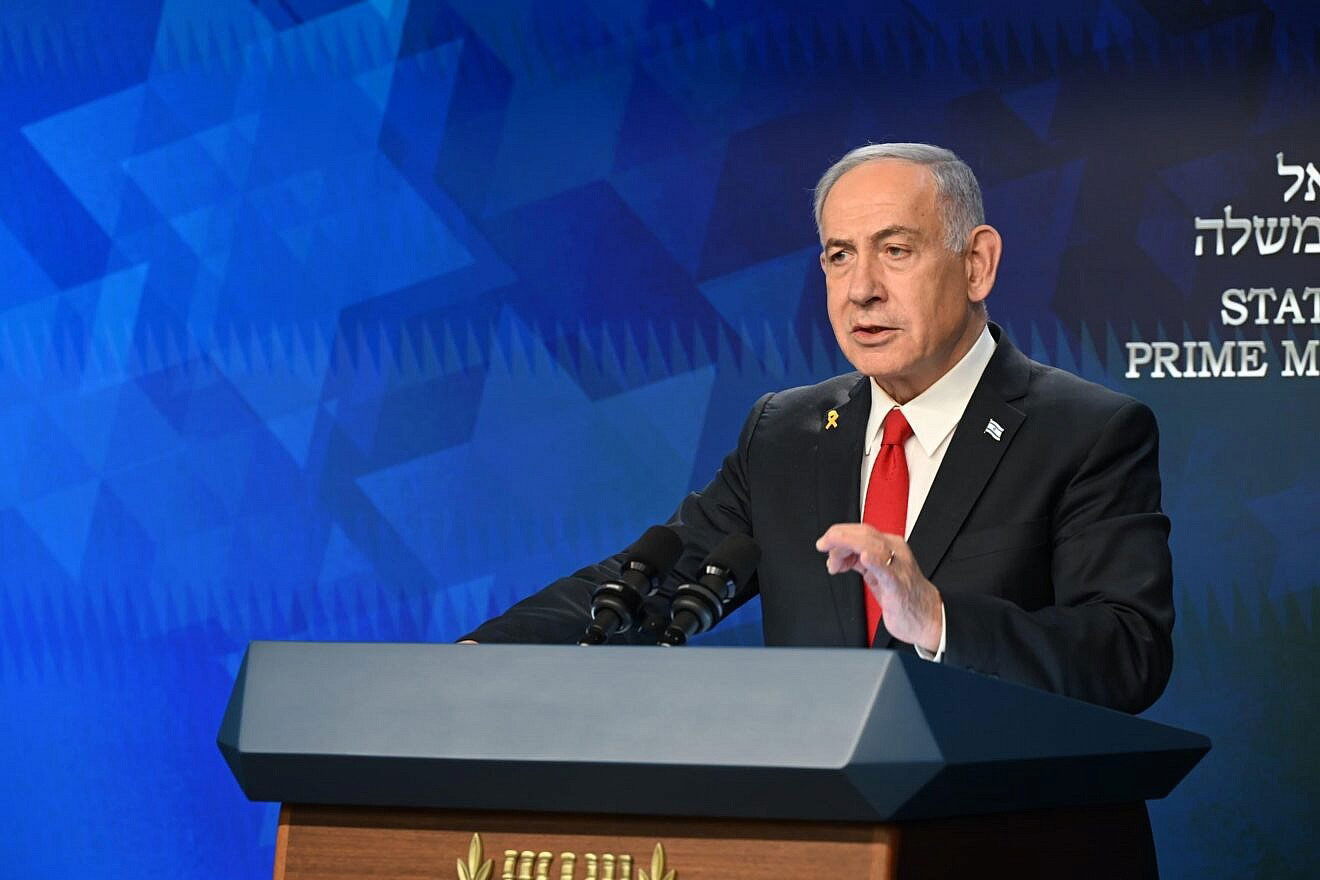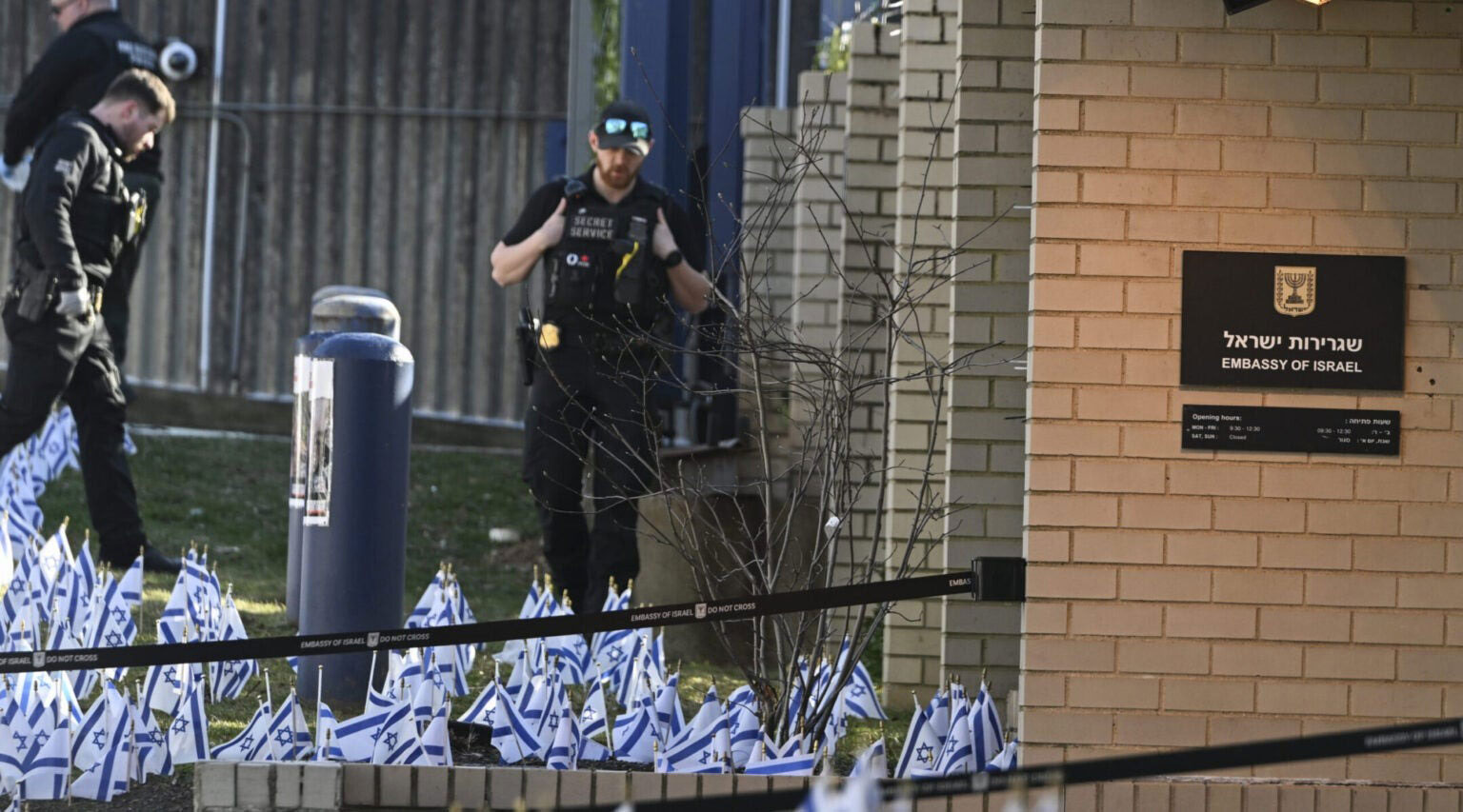Courtesy of JNS. Photo credit: Abed Rahim Khatib/Flash90
Armed and masked Palestinians on trucks loaded with humanitarian aid entering southern Gaza through the Kerem Shalom Crossing from Israel, April 3, 2024
(JNS) — In parts of the southern Gaza Strip, humanitarian aid trucks are being picked clean by looters as armed gangs fill the power vacuum left by a disintegrating Hamas.
In one case reported on by The New York Times, a truck driver, Hazem Isleem, was carrying aid into Gaza when gunmen ambushed his truck and rerouted him into a field, where they held him for 13 hours as they pillaged his vehicle along with an entire convoy of 100 trucks containing U.N. aid.
The United Nations described it as one of the worst examples of looting of the war, the Times said.
“It was terrifying,” said Isleem.
The looting led the United Nations Relief and Works Agency for Palestine Refugees in the Near East (UNRWA) to announce in early December that it was suspending aid deliveries through the Kerem Shalom crossing, the main channel into the Strip, located at a border junction between the Israel, Egypt and Gaza.
“Hundreds of truckloads of relief are piling up at the crossing in part because aid groups fear they will be looted,” the Times reported.
International aid workers hold Israel responsible for not protecting the aid, but UNRWA refuses to allow Israeli soldiers to guard the convoys, “fearing that would compromise its neutrality,” the Times reported.
UNRWA wants the Gaza police to protect the aid, but Israel says the police are just an arm of Hamas and have targeted it.
The looting has led to a spike in food prices. In southern Gaza, a 55-pound sack of flour now costs as much as $220. In northern Gaza, where there is less looting, the same sack costs as little as $10, the Times said.
Looting has also led to mayhem around food supplies, as in late November when non-gang members pushed to the front of the crowd at a bakery in the Gazan city of Deir el-Balah. Two women were killed and others injured as gunshots rang out. A third died later.
All U.N.-backed bakeries in southern and central Gaza have been shuttered for the time being due to the rising unrest.
“Today, the ordinary Gazan’s dream, his aspiration, is to obtain a piece of bread,” Abdelhalim Awad, the bakery’s owner, told the Times. “I can’t say anything sadder than that.”
While multiple gangs are involved in the looting, those in the area say the main gang is run by Yasser Abu Shabab, 35, who controls most of the Nasr neighborhood in eastern Rafah.
Isleem, the truck driver held captive in Rafah, said the looters told him Abu Shabab was their boss.
Abu Shabab denied looting aid trucks on a large scale and said the trucks that were robbed were so that his men could eat. “Every hungry person is taking aid,” he told the Times.
The gangs are undermining Hamas by taking control of the aid supplies and sending prices skyrocketing. On Nov. 25, Hamas entered Abu Shabab’s neighborhood and killed more than 20 people, including his brother.
As reported by JNS on Sunday, the Israel Defense Forces has in recent days introduced a new arrangement to boost security for the passage of humanitarian aid into Gaza, directing aid convoys on the first stage of their journey through Israeli-secured routes in the Strip.
Over some 10 days, 400 aid trucks entered the Gaza Strip in four convoys of 100 trucks each, following routes along the IDF-controlled Philadelphi Corridor and the Gaza-Israel border road.
This initiative has markedly decreased hijackings by Hamas terrorists and criminal gangs, meaning that more aid is reaching Gazan civilians, according to the IDF.
Col. Abdullah Halabi, head of the IDF’s Coordination and Liaison Administration for Gaza, highlighted the comprehensive screening and monitoring procedures now in place.
“All of the humanitarian aid coming to Kerem Shalom has been inspected by the Israeli side, and we’re delivering them to the Gazan side from here,” he stated.
Halabi also emphasized the IDF’s efforts to increase aid deliveries. In December alone, an average of 250 trucks per day entered Gaza, including 50 to the north and 200 to central and southern Gazan areas.
By utilizing alternative routes, as well as Gate 96 near Netzarim in northern Gaza, the IDF has created safer pathways for aid deliveries, decreasing exposure to looters.
“We escort them from [the] Philadelphi Corridor until the Rashid Road [south of Gaza city] … then they succeed to take the cargo [via] another road,” said Halabi.
The cargo goes to warehouses in Gaza operated by international aid organizations, and from there to the Al-Mawasi humanitarian zone, as well as to population centers in Deir el-Balah and Nuseirat in central Gaza, and other areas.
Some aid groups, such as UNICEF, the World Central Kitchen, Save the Children and others have successfully coordinated with the IDF to deliver essential supplies. Others, like the U.N.’s World Food Program and the United Nations Relief and Works Agency for Palestine Refugees in the Near East (UNRWA), have not succeeded, leaving vital aid unused for months.
“The main obstacle or the main challenge is the international community’s capabilities [for distribution],” said Halabi. “When they will send more trucks, we will bring more trucks to Kerem Shalom.”
The IDF has urged aid organizations to increase their efforts, offering additional infrastructure to expedite deliveries. However, the risk of violence remains a deterrent for many.
The IDF has repeatedly stated its commitment to facilitating humanitarian aid for Gaza’s civilian population, despite ongoing hostilities.
“Israel has, first and before anything else, [an] interest … [to] facilitate what we call humanitarian assistance getting into the Gaza Strip,” an IDF officer explained.
“Every day, we push the organizations to bring more trucks,” said Halabi.





